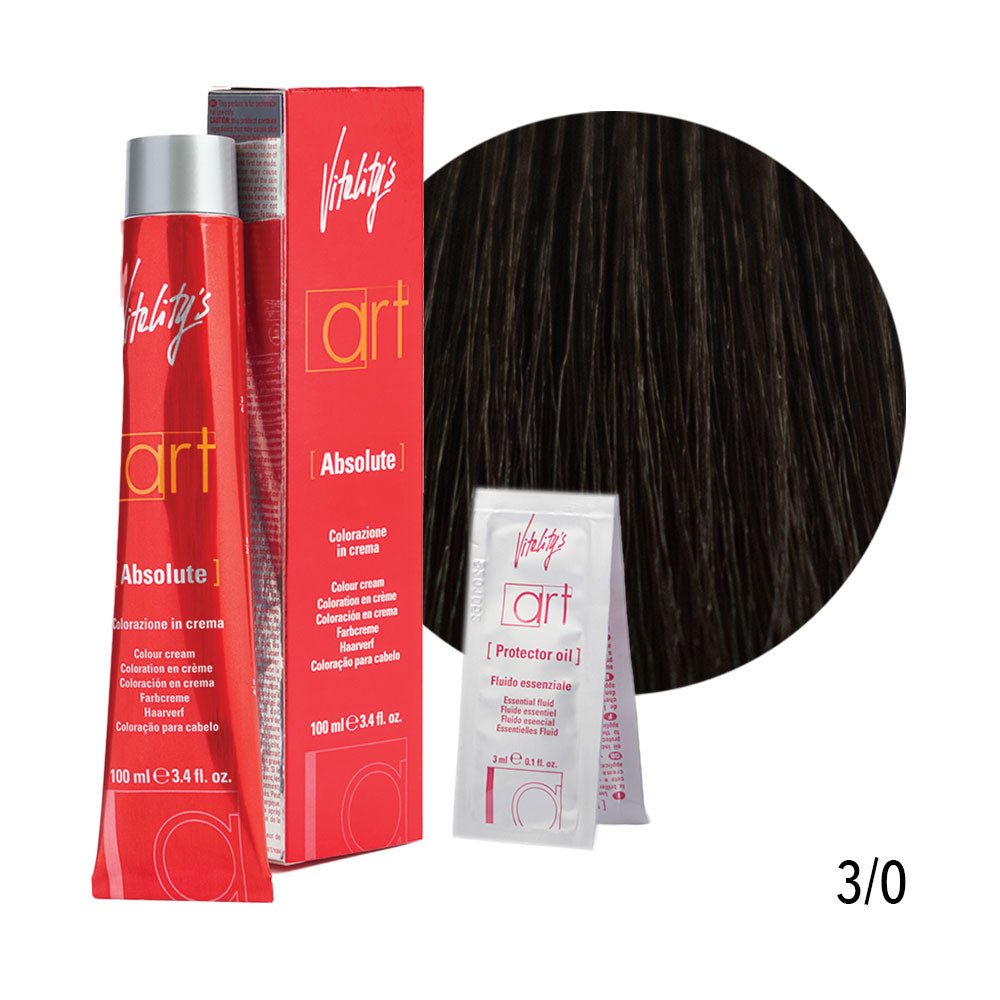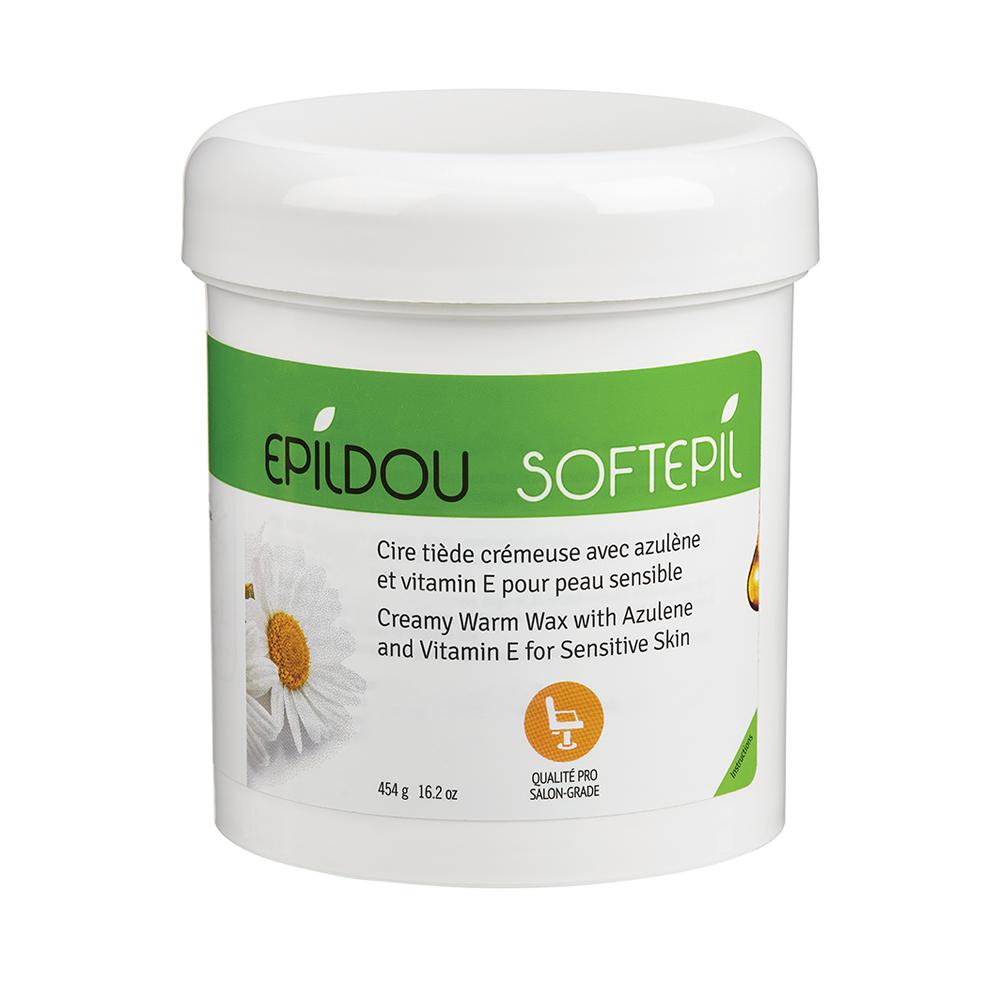Masdel


Our essential tools for a life well-lived.
Masdel Inc. is the leading manufacturer and distributor in health, beauty, and wellness consumer goods in Canada since 2001. Our company offers a comprehensive range of Class 1 medical devices and top-notch health & wellness products, specially curated for families. With a widespread omni-channel distribution network, we are the ultimate one-stop-shop for all your needs.
Our Featured Brands
Our Best Sellers
from all brands combined
Professional-grade hair coloring system
Use in the comfort of your own home
Vitality's Art Absolute 3/0 dark chestnut


Best-seller
Vitality's Art Absolute 3/0 dark chestnut
Price
$15.99
- Choosing a selection results in a full page refresh.
!





















































